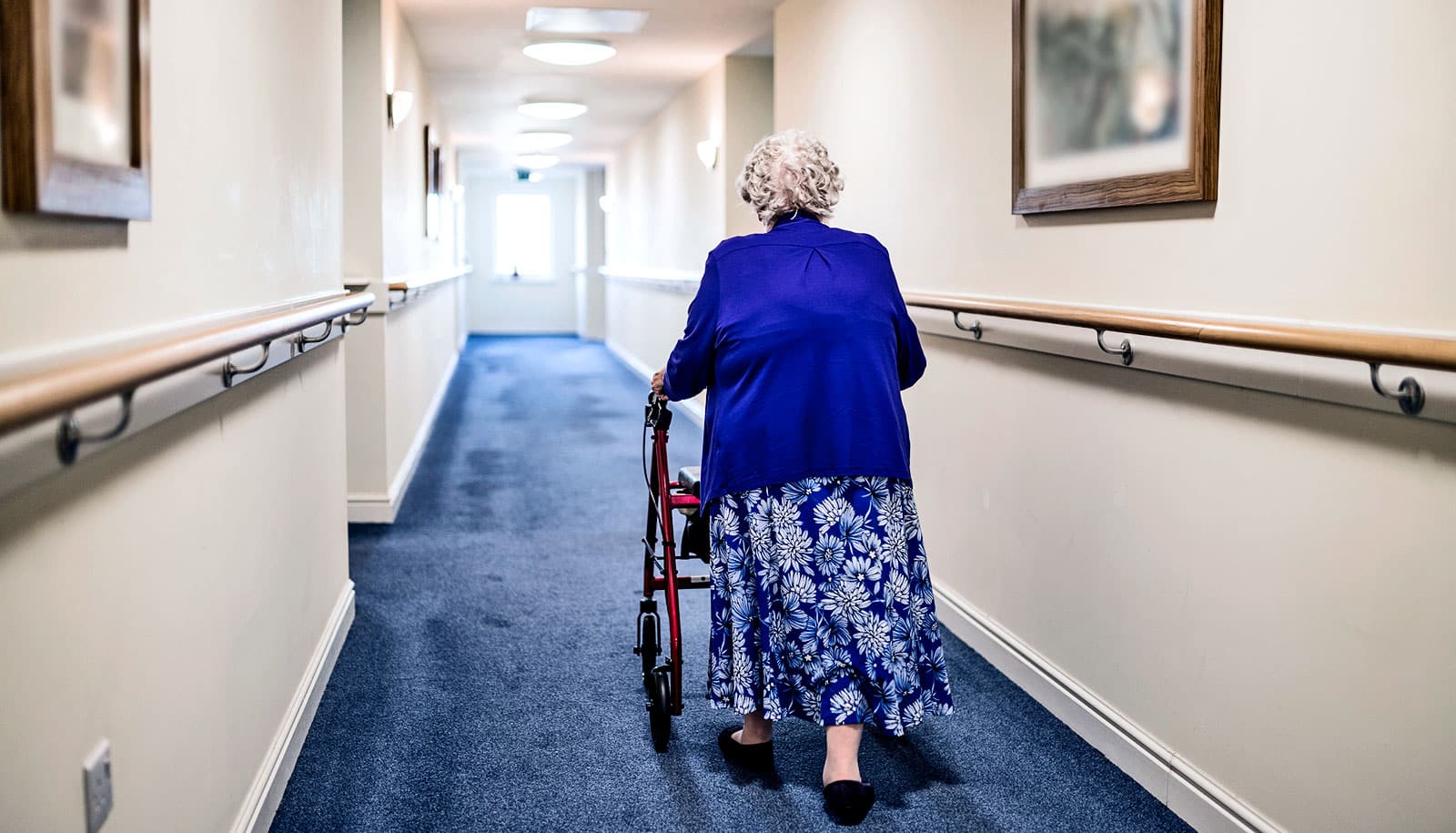Nursing homes that adopt more sophisticated information technologies are seeing specific improvements in the quality of care, a new study shows.
These improvements include significant decreases in urinary tract infections, patients reporting moderate to severe pain, and patients with new or worsened pressure ulcers.
Health care providers in hospitals and ambulatory care are currently incentivized with federal funds to adopt health information technology (IT). Nursing homes, however, have been largely left out of these incentive programs, although this health care sector is beginning to see some benefits. For example, IT systems support health information exchange and access to electronic health records by care providers across settings, enabling them to address patients’ needs better.
“This study helped us see which technologies improve which elements of care.”
Now, a new study has linked more sophisticated nursing home information technology, including electronic medical records and other digital data systems in resident care, clinical support, and administrative activities with specific improvements in quality.
“We already knew that information technology can help create better care outcomes, but this study helped us see which technologies improve which elements of care,” says Gregory Alexander, a professor of clinical informatics at Missouri University. “As IT capabilities and extent of IT use improved in nursing homes, we saw an associated decline in urinary tract infections, among other correlations.”
Alexander and his colleagues collected surveys once per year for two years from nursing homes nationwide. The researchers compared the responses, which rated the sophistication of a given facility’s information technology, against federal data describing 18 quality measures in those same facilities, and technology had positive affects on quality of care. For example:
- Facilities reporting greater IT capabilities in administrative activities were associated with a lower percentage of residents reporting moderate to severe pain.
- Increased use of clinical support technologies, which include laboratory systems, was associated with lower percentages of residents with urinary incontinence.
- Increases in technology use in resident care were associated with lower percentages of residents with new or worsened pressure ulcers.
The researchers also observed that while the overall trend was an increase in IT adoption, some nursing homes actually lost capabilities between years one and two. Though these facilities were outliers, Alexander says they reflect the challenges nursing homes face when adopting new technology.
“Federal incentive funds are going into hospitals and ambulatory care, not nursing homes,” Alexander says. “Many homes don’t have a trained expert to manage the technology, so even if they do decide to upgrade their IT capabilities, they may abandon certain ones because they are too difficult or expensive to manage. If they aren’t being reimbursed for investing in information technology, they may decide it isn’t worth the time and money.”
Alexander says that because the study detailed the impacts of a variety of specific IT factors on different aspects of quality of care, the data could help inform nursing home administrators about which features of an IT system are important to adopt to improve quality of care. This information could be very helpful to administrators and other leaders in making decisions about how to design and implement information systems.
The study appears in the Journal of Nursing Care Quality. A grant from the Department of Health and Human Services’ Agency for Healthcare Research and Quality supported this research.
Source: University of Missouri



